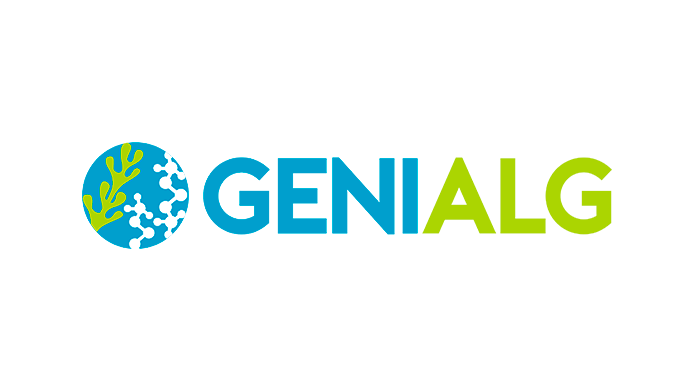Products extracted from natural resources are a trend in expansion in several fields which is being promoted by the consumer demands. Nowadays, allied with the importance the concept of “natural product” has, should be the way the “natural product” is obtained. In this work, chlorophyll was extracted from batches of wild-harvested and farm-raised green macroalgae Ulva spp. from two different European locations, Portugal and France.
The performance of different aqueous solutions of tensioactive compounds such as ionic liquids and common surfactants in the yield of extraction of chlorophyll was studied and the operational conditions of extraction were optimized. The effect of drying the biomass on the yield of extraction of chlorophyll was evaluated as well as the effect of both locations (and the specific conditions of each location in terms of nutrients, water temperature and light intensity) in chlorophyll production. After the optimization of all operational conditions, a maximum yield of extraction of chlorophyll of circa 6 mgchl·gdry algae−1 was obtained using aqueous solutions of tributyltetradecylphosphonium chloride ([P4,4,4,14]Cl) at 250 mM.


